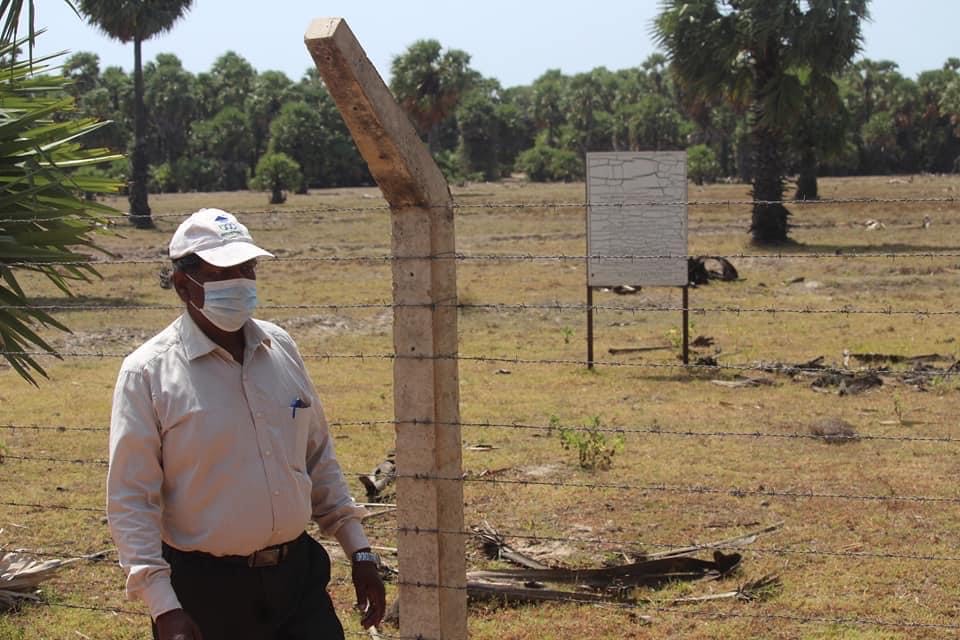
The state-owned Ceylon Mineral Sands Corporation, working under the Sri Lankan Ministry of Resources and Enterprise, seized 44 acres of land owned by Tamils in Mullaitivu, for the construction of an ilmenite mine in East Kokkilai.
Former Northern Provincial Council (NPC) member, Thurairasa Ravikaran demanded the Mineral Sands corporation immediately release the occupied land. “This land belongs to the people and should therefore be released to the people,” he said.

On Tuesday, Ravikaran and Sinnarasa Logeswaran, a Pradeshiya Sabha member visited the area.
“We have received complaints from the local Tamils over the past two years that mining activities were taking place in areas including Kokkilai.”
Ravikaran stated the NPC was aware of the issue and had set up a committee to investigate further. This committee met with members of the Ceylon Mineral Sands Corporation on June 1st 2018 at the Mullaitivu District Secretariat and on September 1st 2018 at the company's headquarters in Trincomalee, until the completion of the NPCs first term on October 24th 2018, when communication between both parties ceased.
During those meetings “we did not consent to the expropriation of this land,” he said.

“The land grab for the ilmenite mine [...] had been lying dormant till now, and the activities for the extraction of mineral sand have now resumed. Expropriation of native Tamil lands by government departments and corporations is unlawful.”
Organisations in six Grama Niladhari Divisions in East and West Kokkilai, Karunattukkeni, North, Central and South Kokku Thoduva have signed a letter addressed to the Mullaitivu District Secretary and the Mineral Sands Corporation stating that they do not accept the expropriation of Tamil land and that the land should be released to its rightful owners.

Tamil land in the North-East is constantly expropriated for the needs of the State with an increase in incidents of Tamil residents facing intimidation and displacement under the Rajapaksa administration.



